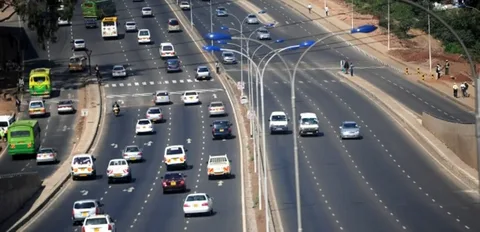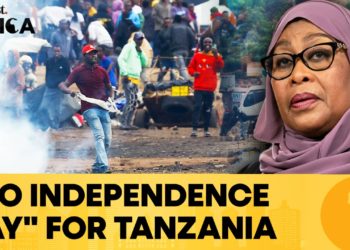From the Kenya National Bureau of Statistics, we pick that In Q3 2024, Kenya’s transport sector contributed around 6% to GDP, based on its earlier value of KES 244,944 million against a total GDP of KES 4.1 trillion in Q2 2024. The sector also grew by 5.2% year-on-year in Q3 2024, an improvement from 3.6% in Q2 2024, outperforming the overall GDP growth, which slowed to 4.0% from 6.0% in Q3 2023, showing how transport is a key artery for our economy. Transport is essential for trade, job creation and regional integration employing over 1.3 million Kenyans. However, the sector’s efficiencies that include regulatory failures, congested roads also prove to be costly to our growing economy. The recent challenges that have plagued the sector including persistent urban gridlocks and Super Metro disruptions offer some key lessons to transform the transport sector into a catalyst for growth.
First Kenya must prioritize investment in infrastructure to lower logistics costs which has an impact on the overall cost of goods. Reduced logistics costs would mean less costly goods and services as in developed countries. This will also align with Kenya’s vision 2030 that emphasizes expanding transport networks to reduce transport costs. For example, the government can fully utilize the Standard gauge railway by completing its last mile connectivity from Naivasha to Kisumu to boost impact. This could potentially boost exports to Rwanda and Uganda increasing Kenya’s GDP by 1.5% as per the Kenya Railways Projections. These infrastructure improvements can be financed through Public Private Partnerships like the Nairobi expressway.
Secondly, there is a need for stricter regulatory compliance. Looking at the Super Metro case where the National Transport and Safety Authority suspended their operations due to safety violations, we can only call for stricter enforcement to prevent future disruptions. The transport sector watchdog can invest in digital systems to streamline vehicle inspections and licensing to improve on efficiency. Regular and mandatory training for operators must also be effected to minimize service interruptions that affect businesses and commuters.
Lastly, Kenya’s urban transport demands urgent reforms. The Nairobi daily traffic delays cost KES 100.0 billion yearly in economic output according a 2019 report by Nairobi Metropolitan authority. Unfortunately, proposed solutions that could remedy the challenge like the Nairobi Bus Rapid Transport and non – motorized transport infrastructure systems remain stalled. These projects must be brought back to life to reduce the congestion and operating costs.
By addressing these lessons in the transport sector, we can unlock a GDP growth surge cementing our role as an economic hub in East Africa


















